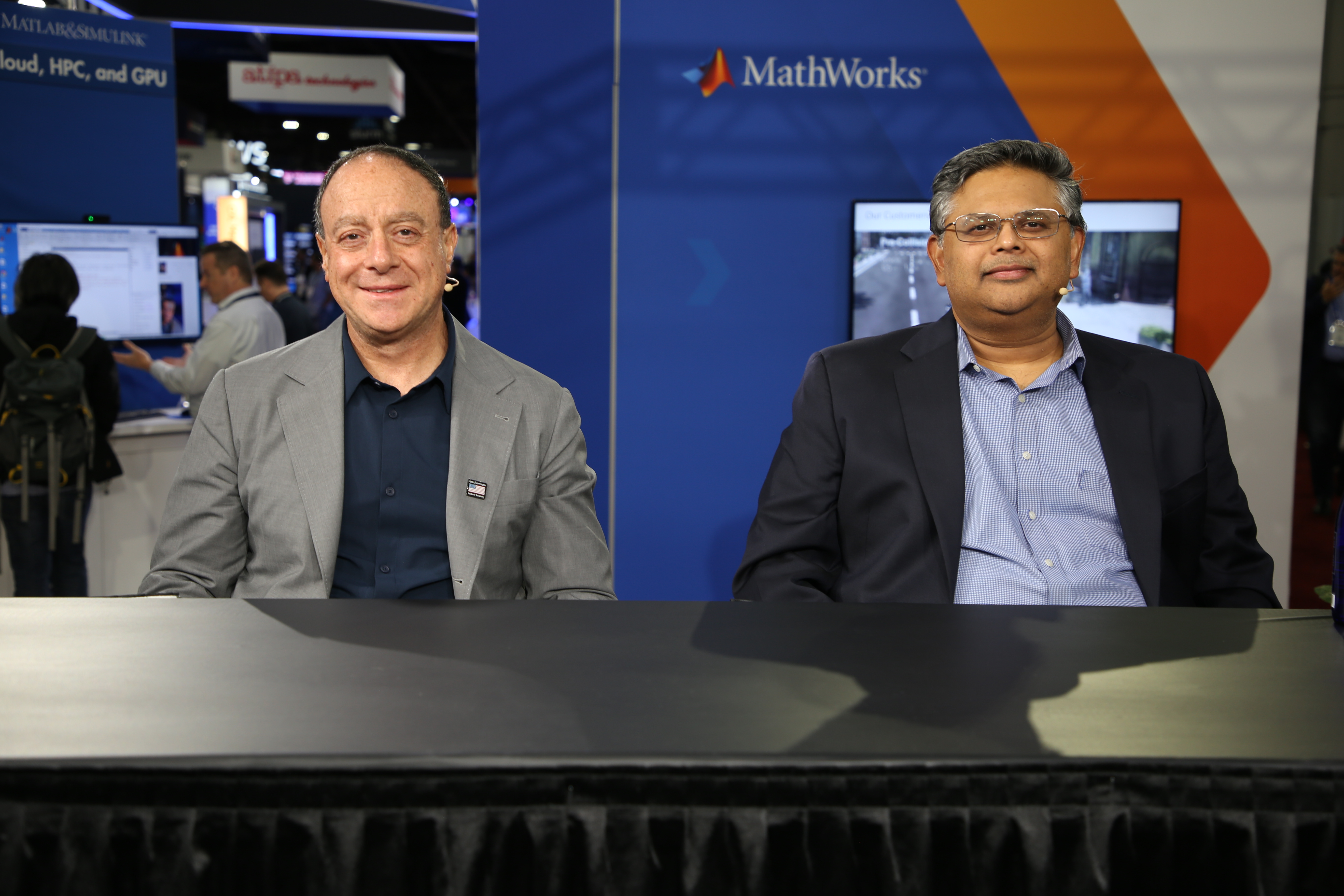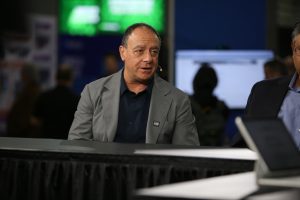 INFRA
INFRA
 INFRA
INFRA
 INFRA
INFRA
For Dell Technologies Inc., the journey into artificial intelligence and high-performance computing has been a meticulously planned marathon rather than a sprint. What once was a hardware-focused company is now at the forefront of open innovation, blazing a trail in modular AI systems and networking solutions.

Dell’s Ihab Tarazi talks to theCUBE about modular AI.
“Three years ago, we started to work on scalable systems, which is what you have on the floor now, and we wanted to be a much bigger player in HPC as well as AI,” said Ihab Tarazi (pictured, left), senior vice president and chief technology officer of core, AI and networking at Dell. “We took a different path than most people. We decided to build a fully open system based on OCP specs, ORV3 21 inch, and also DC-MHS for the compute and fully open on software. We also wanted this to be the most dense, best in terms of performance, and a fully open system.”
Tarazi and Arun Narayanan (right), senior vice president of compute and networking product management at Dell, spoke with theCUBE Research’s Dave Vellante and John Furrier at SC24, during an exclusive broadcast on theCUBE, SiliconANGLE Media’s livestreaming studio. They discussed Dell setting the pace for innovation with modular AI, networking excellence and a customer-first approach. (* Disclosure below.)
One of Dell’s standout strategies has been modular design. Instead of crafting each server as a standalone product, Dell created building blocks that can be assembled to meet diverse needs. This approach slashed product development timelines from up to two years to as little as four months.
“We’re fully compliant with OCP specs, which means anybody can build on it and we’re able to accommodate the ecosystem,” Tarazi said. “However, we did modifications to make it much more operationally easy. All the cabling is easy to do, it supports all the power — it supports the manifolds for liquid cooling in a very simple way with quick disconnects.”
Dell’s PCIe-based platforms, for example, accommodate smaller AI models — while the 21-inch rack design supports massive language model workloads. This flexibility ensures that Dell’s solutions cater to a broad spectrum of use cases without sacrificing speed or customization.
Another bedrock of Dell’s strategy is the alignment with open standards. Adhering to OCP specifications has catalyzed industry-wide innovation, allowing hardware and software ecosystems to evolve collaboratively. Open systems enable faster development across components such as GPUs, CPUs and liquid cooling units, according to Narayanan.
“The way we’ve thought about our portfolio is we want to build rack-scalable systems,” he said. “I think about rack-scalable systems [as] designed by Dell, engineered by Dell, manufactured by Dell and supported by Dell. That’s what you need to think about, what a rack-scalable system is. And the way we’ve designed this is we want to support all customer use cases.”
This open philosophy aligns with the rapid innovation cycles seen in AI today. By fostering a blueprint for collaborative development, Dell empowers silicon vendors, cooling providers and others to innovate efficiently, driving the industry forward, Narayanan added.
Here’s the complete video interview, part of SiliconANGLE’s and theCUBE Research’s coverage of SC24:
(* Disclosure: Dell Technologies Inc. sponsored this segment of theCUBE. Neither Dell nor other sponsors have editorial control over content on theCUBE or SiliconANGLE.)
Support our open free content by sharing and engaging with our content and community.
Where Technology Leaders Connect, Share Intelligence & Create Opportunities
SiliconANGLE Media is a recognized leader in digital media innovation serving innovative audiences and brands, bringing together cutting-edge technology, influential content, strategic insights and real-time audience engagement. As the parent company of SiliconANGLE, theCUBE Network, theCUBE Research, CUBE365, theCUBE AI and theCUBE SuperStudios — such as those established in Silicon Valley and the New York Stock Exchange (NYSE) — SiliconANGLE Media operates at the intersection of media, technology, and AI. .
Founded by tech visionaries John Furrier and Dave Vellante, SiliconANGLE Media has built a powerful ecosystem of industry-leading digital media brands, with a reach of 15+ million elite tech professionals. The company’s new, proprietary theCUBE AI Video cloud is breaking ground in audience interaction, leveraging theCUBEai.com neural network to help technology companies make data-driven decisions and stay at the forefront of industry conversations.